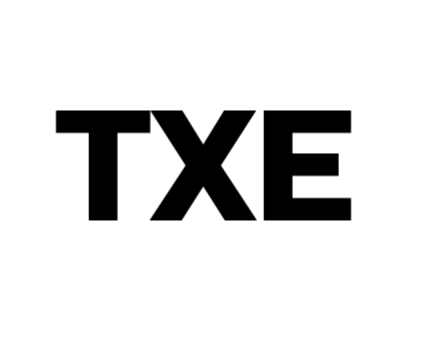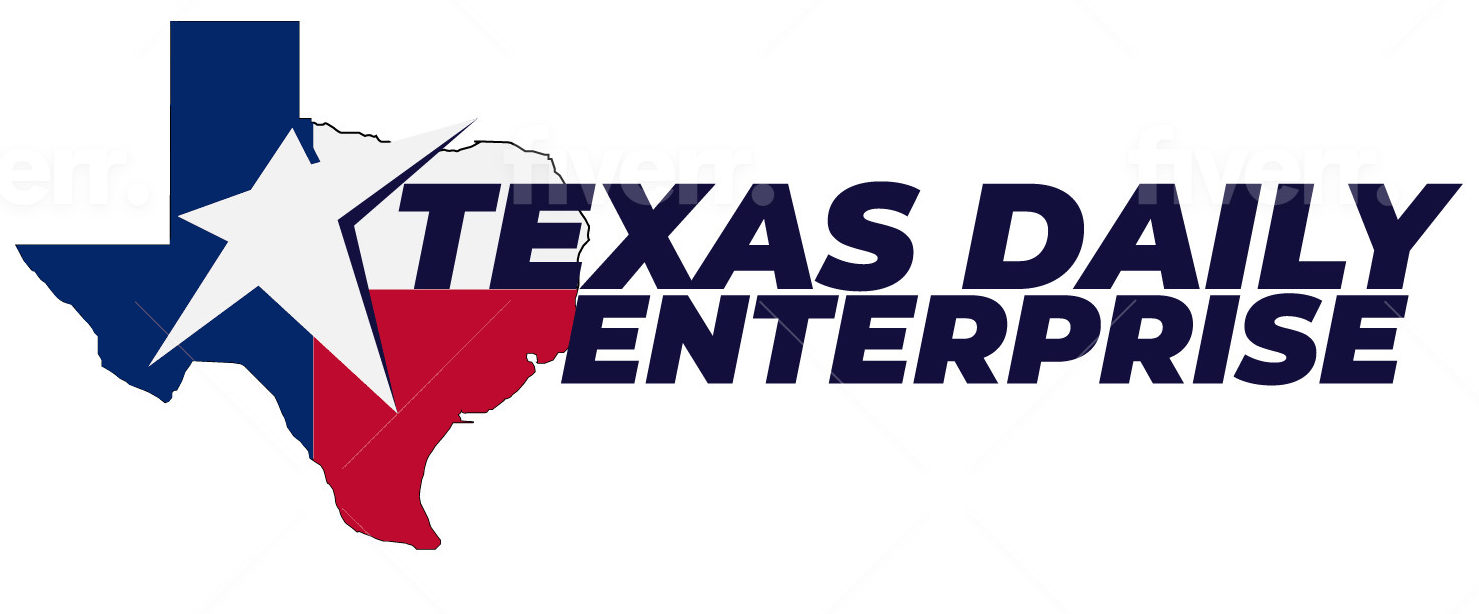Job Well Done: How to Manage Four Generations in One Office
The American workplace has evolved in such a way that people from as many as four different generations can work together in the same office. From the Silent Generation to Baby Boomers, Gen Xers, and Millennials, people from each era grew up and entered the work force in vastly different environments.
With a six-decade age difference between the oldest and youngest workers, something as simple as a team meeting can be a potential minefield for conflict. A 65-year-old manager may prefer frequent face-to-face meetings with staff, while a 20-something Millennial employee may thrive with instant-messenger updates and only occasional formal meetings.
But surface-level battles don’t have to become full-blown war.
“There are more similarities between generations than differences,” says Janet Dukerich, a professor of management who also teaches Texas Executive Education classes on leadership and generational conflict. “Various generations have most of the same values—family, spirituality, self-respect—but how we express those values may be different.”
For example, a manager from the Boomer generation (born 1943-60) may express his or her value for family by working longer hours in a job that provides financial security. But a Gen Xer (born 1961-81) might emphasize assisting family directly—leaving work to help someone change a flat tire, for instance. And the very definition of “family”—parents and children versus an extended network of friends—often differs.
Dukerich dismisses the notion that younger people don’t respect their elders and that older generations only want blind obedience.
“Everyone wants to be heard, have input and be respected,” she says. “Every employee—no matter what stage of life he or she is in—can contribute. Older generations have more experience, but young people have a valuable perspective, too.”
Dukerich says managers often complain that Millennials are entitled and expect praise and rewards simply for showing up. But Dukerich, the mother of two Millennials, points out they didn’t arrive at that perspective on their own.
“Millennials didn’t come out of the womb saying, ‘Where’s my trophy?’” says Dukerich. “We gave it to them.”
Bridging the Generation Gap
It’s important to remember that generational differences don’t replace individual differences, Dukerich says.
“For example, you may be a Millennial, a generation that typically has two working parents, but you may have had a stay-at-home mom,” she says.
Dukerich also recommends that managers and employees have frank conversations to define each other’s expectations. What does the employee believe the company is obligated to provide in return for what he or she does on the job? Conversely, what is the employee obligated to do for the company?
“This conversation is a springboard for discussing preferences and desires,” Dukerich says. “It becomes a psychological contract that establishes a specific commitment between workers and their employers.”
Finally, despite surface-level or behavioral differences, try to adopt the mindset that most of us share the same values.
“But don’t assume that my way of expressing that value is preferred by others or superior to someone else’s way,” Dukerich says. “Let’s try and find ways to adapt so that we’re not saying, ‘We can’t get along because we don’t value the same things.’ We probably do have a lot of similarities—we just have to figure out how to work more efficiently.”
Takeaways
- People from all generations share values such as family, spirituality, self-respect—but they may express those values differently
- Managers and employees can benefit from frank conversations to define each other’s expectations

